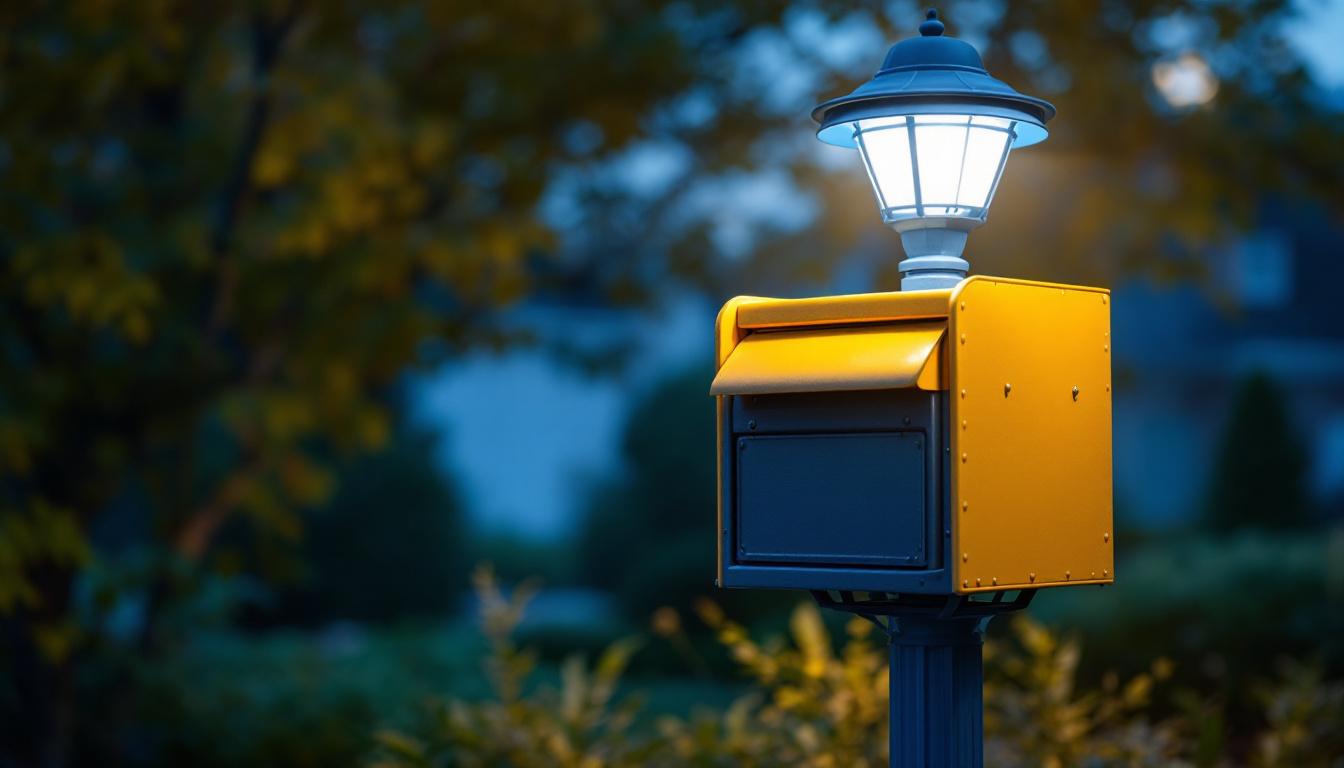
For lighting contractors, the right tools can make all the difference in ensuring a successful installation or repair. Among these tools, electrical sockets hold a pivotal role, serving as the foundation for powering lighting fixtures. Understanding the various types of sockets, their applications, and the essential tools required for working with them is crucial for any lighting contractor. This article delves into the world of electrical sockets, providing insights that can enhance the efficiency and effectiveness of lighting projects.
Electrical sockets, often referred to as outlets, are devices that allow electrical appliances to connect to the power supply. They come in various types and configurations, designed to accommodate different voltages and plug styles. For lighting contractors, familiarity with these sockets is essential for ensuring compatibility with the fixtures being installed.
There are several types of electrical sockets, each serving specific purposes. The most common types include:
Understanding the ratings of electrical sockets is vital for safety and functionality. Sockets are rated based on their voltage and amperage capacity. For instance, a standard outlet typically handles 15 amps at 120 volts, while higher-rated sockets can manage 20 amps or more. Lighting contractors must ensure that the sockets chosen for a project are compatible with the lighting fixtures and the overall electrical system.
Moreover, it is essential to consider the type of plug that will be used with the socket. Different regions may have varying plug designs, which can affect compatibility. Being aware of these differences can prevent installation delays and ensure a smooth workflow.
In addition to standard and GFCI outlets, there are also specialized sockets designed for specific applications. For example, USB outlets have become increasingly popular, allowing for direct charging of devices without the need for a separate adapter. These outlets are particularly useful in modern homes where multiple devices require charging simultaneously. Furthermore, industrial and commercial settings often utilize heavy-duty sockets that can handle higher loads, ensuring that machinery and equipment operate efficiently without the risk of overheating or failure.
Another important aspect to consider is the installation environment. Outdoor sockets, for instance, must be weatherproof and rated for outdoor use to withstand the elements. These sockets often come with protective covers to prevent moisture ingress, which is crucial for maintaining safety and functionality. Understanding the specific requirements for different environments helps contractors make informed decisions, ultimately leading to safer and more reliable electrical installations.
Equipping oneself with the right tools is crucial for any lighting contractor. When it comes to working with electrical sockets, several essential tools can facilitate the installation and maintenance processes. These tools not only enhance efficiency but also ensure that the work is done safely and to code.
Wire strippers are indispensable for preparing electrical wires for connection to sockets. These tools allow contractors to remove the insulation from the wire ends without damaging the copper strands. A good pair of wire strippers can accommodate various wire gauges, making them versatile for different projects. Additionally, some wire strippers come with built-in cutting edges, allowing for a seamless transition from stripping to cutting wires as needed.
When using wire strippers, it is important to choose the correct gauge setting to ensure a clean cut. A cleanly stripped wire will make for a better electrical connection, reducing the risk of shorts or other electrical issues. Furthermore, investing in high-quality wire strippers can lead to less fatigue during prolonged use, as ergonomic designs help minimize strain on the hands and wrists.
Having a set of screwdrivers, particularly insulated ones, is essential for installing and securing electrical sockets. Insulated screwdrivers provide an added layer of safety, protecting contractors from electrical shocks while working on live circuits. The variety of screwdriver types, including flathead and Phillips, ensures that contractors can tackle any screw configuration they encounter.
Nuts and bolts are often used to secure sockets in place, and nut drivers can make this task easier. A good nut driver set will allow contractors to quickly and efficiently tighten or loosen nuts without the hassle of using multiple tools. Additionally, some nut drivers come with magnetic tips, which can hold the nuts in place, making one-handed installations much simpler, especially in tight spaces.
A voltage tester is a critical tool for ensuring safety during installation. Before working on any electrical socket, it is vital to confirm that the power is off. A voltage tester can quickly check for live wires, providing peace of mind and preventing accidents. Many modern voltage testers feature bright LED indicators or audible alarms that alert the user to the presence of voltage, making them easy to read even in low-light conditions.
There are various types of voltage testers available, from simple non-contact testers to more advanced multimeters. For lighting contractors, having a reliable voltage tester is a non-negotiable safety measure. Some multimeters not only measure voltage but also assess current and resistance, offering a comprehensive diagnostic tool that can help troubleshoot electrical issues. This versatility makes them invaluable for contractors who need to ensure that their installations are functioning correctly and safely.
Installing electrical sockets correctly is crucial for safety and functionality. Following best practices can help lighting contractors ensure that their installations are up to code and built to last.
Before beginning the installation process, it is essential to plan the layout of the sockets. Consideration should be given to the location of lighting fixtures, the proximity to power sources, and the overall design of the space. A well-thought-out layout can enhance both the aesthetics and functionality of the lighting system.
In addition to aesthetics, it is important to consider the electrical load that each socket will handle. This includes calculating the total wattage of the lighting fixtures that will be connected to each socket. Ensuring that the load does not exceed the socket’s rating is vital for preventing overheating and potential fire hazards.
Every region has specific electrical codes and regulations that must be adhered to during installation. Lighting contractors should familiarize themselves with these codes to ensure compliance and safety. This may include guidelines on socket placement, grounding requirements, and circuit load limits.
Failure to comply with local regulations can lead to safety hazards and may result in costly fines or the need for rework. Therefore, staying informed about the latest electrical codes is essential for any lighting contractor.
Once the sockets are installed, thorough testing and inspection are necessary to ensure everything is functioning correctly. This includes checking for proper grounding, verifying that all connections are secure, and testing the sockets with a voltage tester.
Additionally, conducting a visual inspection of the installation can help identify any potential issues, such as loose wires or improper alignment. Taking the time to perform these checks can prevent future problems and enhance the overall quality of the work.
Proper maintenance of electrical sockets is essential for ensuring their longevity and safe operation. Regular inspections and maintenance can help identify issues before they become significant problems.
Lighting contractors should encourage clients to conduct regular inspections of their electrical sockets. This includes checking for signs of wear, such as discoloration, cracks, or loose fittings. Any visible damage should be addressed immediately to prevent electrical hazards.
In addition to visual inspections, testing the functionality of the sockets periodically can help ensure they are operating correctly. This may involve plugging in devices to check for proper power delivery and ensuring that GFCI outlets are functioning as intended.
Dust and debris can accumulate around electrical sockets, potentially leading to overheating or electrical failure. Regular cleaning of sockets is essential, particularly in high-traffic areas or environments prone to dust accumulation.
Using a soft, dry cloth to wipe down sockets and surrounding areas can help maintain their appearance and functionality. Contractors should advise clients on the importance of keeping sockets clean and free from obstructions.
Over time, components of electrical sockets may wear out or become damaged. This can include the faceplate, internal wiring, or the socket itself. Lighting contractors should educate clients on the signs of wear and the importance of timely replacements.
Replacing worn components not only enhances safety but also ensures that the sockets continue to function efficiently. Contractors should be prepared to recommend suitable replacement parts and assist with the installation process as needed.
Electrical sockets are a fundamental component of any lighting installation, and understanding their types, applications, and maintenance is crucial for lighting contractors. By equipping themselves with the right tools and following best practices for installation and maintenance, contractors can ensure their projects are safe, efficient, and compliant with local regulations.
As the demand for energy-efficient and aesthetically pleasing lighting solutions continues to grow, so too does the importance of having a solid grasp of electrical sockets and their functionalities. By staying informed and prepared, lighting contractors can enhance their service offerings and provide clients with reliable, high-quality installations.
In an industry where safety and quality are paramount, investing time and resources into mastering the intricacies of electrical sockets will undoubtedly pay off in the long run. Whether working on new installations or retrofitting existing systems, the knowledge and tools surrounding electrical sockets are indispensable assets for any lighting contractor.
Ready to elevate your lighting projects with the highest quality sockets and electrical tools? Look no further than LumenWholesale, where we provide lighting contractors like you with spec-grade lighting products at unbeatable wholesale prices. Say goodbye to local distributor markups and hello to superior lighting essentials that meet the highest industry standards. With LumenWholesale, bulk buying is a breeze, and with free shipping, you’re guaranteed the best value without any hidden fees. Don’t compromise on quality or cost—visit Wholesale Lighting at the Best Value today and experience the perfect blend of quality, affordability, and convenience for all your lighting needs.

Discover the essential facts about hanging dining lights from expert lighting contractors.

Discover the essential insights lighting contractors need to know about motion detector lights.

Discover the ultimate light pole mailbox lighting contractors’ checklist to ensure safety, compliance, and efficiency.

Discover how colored LED flood lights can revolutionize the lighting industry by saving contractors time and money.